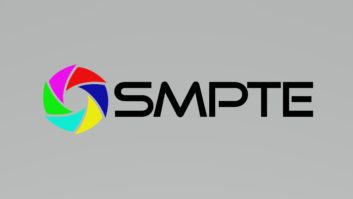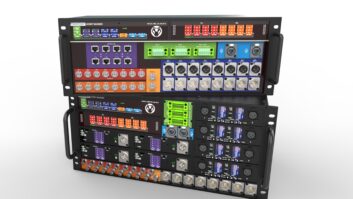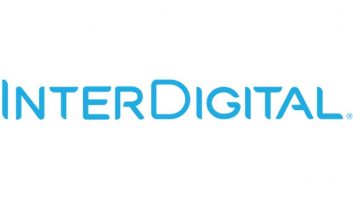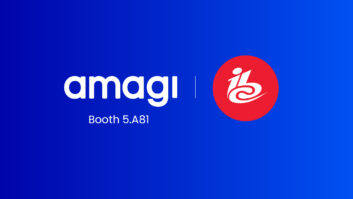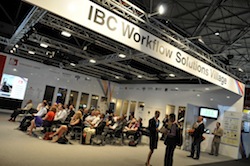
And so IBC2012 proved to be the biggest ever. In total numbers the change was barely measurable – less than 1% up on 2011 – but the rise in the number of exhibitors was much more significant. This year there were 1455, 90 more than last year. Many of these new exhibitors were in The Connected World, a whole new hall added to the footprint, and concerned with multi-platform delivery, second screening and smart TVs. The Connected World had its own presentation stage, as did another innovation, the IBC Workflow Solutions Village, and each was busy with well-attended manufacturer presentations and debates. The real significance, though, is not that people are actively talking about workflows and file manipulation, but that we have reached the tipping point where everyone gets the advantages of working in the file domain, and wants to talk details. A few years back there was an IBC when vendors suddenly stopped putting HD on their stands. There was an assumption that, if there was video, it was going to be HD. We are now at the same point in connectivity: we assume that individual devices are capable of handling files. Probably the noisiest stand in the whole exhibition was for GoPro. Each afternoon it whipped its audience up into a frenzy about all the cool things you can do with the little camera. And just as they did not feel the need to mention that it is HD, neither did they mention that what comes out of it is a file, not linear video. So perhaps one of the most significant moments in the whole of IBC came during the IBC Awards Ceremony on Sunday night, when AMWA and EBU were given a special award for FIMS, the Framework for Interoperable Media Systems. We know the future comes in a file: we need to be sure that everyone else understands our files. That is where the next stage of the challenge lies.



